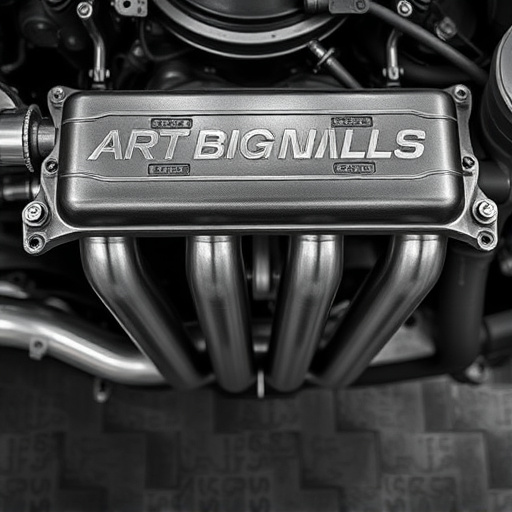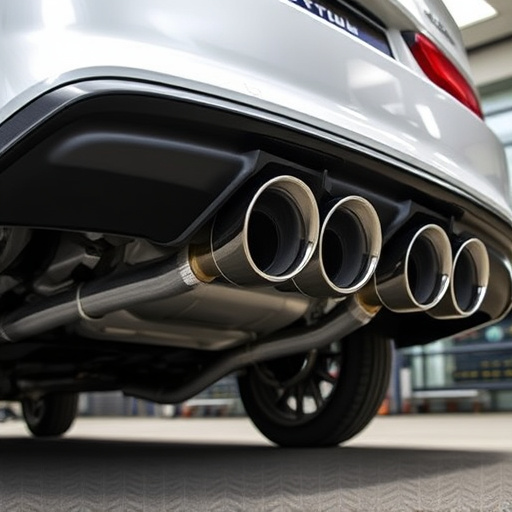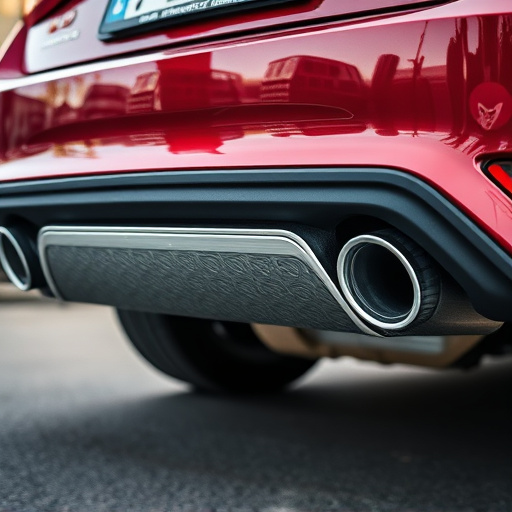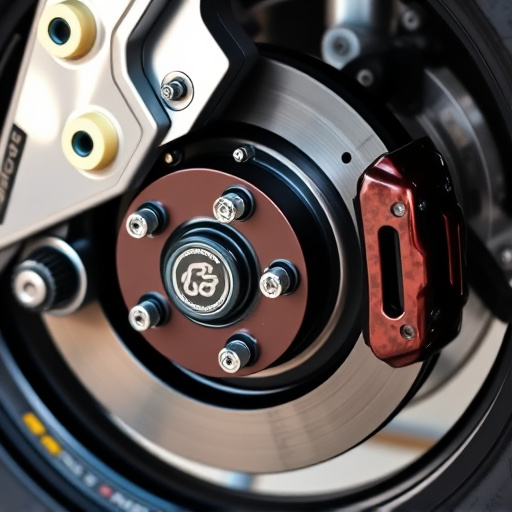An intake manifold upgrade optimizes airflow to each cylinder, enhancing balance and performance in internal combustion engines. This leads to improved torque, smoother response, reduced emissions, and longer engine life. A systematic approach involving data analysis, prototyping, dynamometer testing, and real-world trials ensures the upgrade's effectiveness for peak engine efficiency.
“Unleash your engine’s full potential with an intake manifold upgrade—a strategic modification for optimal cylinder-to-cylinder balance. This article delves into the intricacies of common balance issues and highlights the transformative benefits of advanced intake manifolds.
We explore how these upgrades enhance performance by improving airflow distribution, promoting efficient combustion, and ensuring consistent power output across all cylinders. Furthermore, we provide practical implementation tips and testing strategies to guarantee optimal results from your intake manifold upgrade.”
- Understanding Cylinder-to-Cylinder Balance Issues
- Benefits of Intake Manifold Upgrades
- Implementation and Testing Strategies for Optimal Results
Understanding Cylinder-to-Cylinder Balance Issues
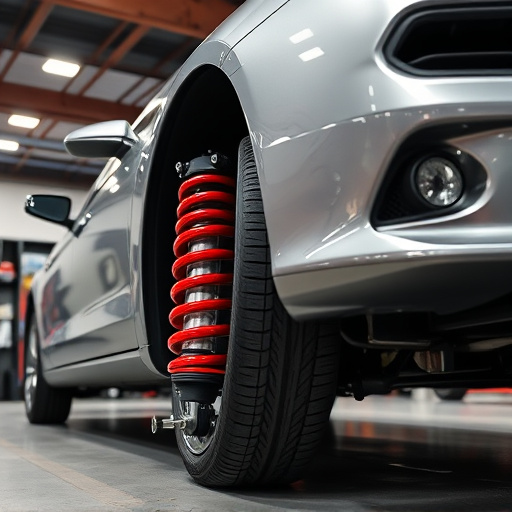
In any internal combustion engine, cylinder-to-cylinder balance is a critical factor for optimal performance and efficiency. Issues with this balance can arise from various factors, such as unequal air intake or exhaust flow, leading to misfired cylinders or uneven power distribution. This imbalance not only hampers the overall performance of the vehicle but also contributes to increased fuel consumption and potential engine damage over time. An intake manifold upgrade is a strategic solution that addresses these concerns directly.
Upgrading the intake manifold can significantly enhance cylinder-to-cylinder balance by ensuring each cylinder receives precisely measured air, optimizing combustion and power output. This involves integrating performance air filters for cleaner, more efficient airflow and potentially modifying exhaust mufflers to reduce backpressure, further improving gas flow. When combined with high-performance brakes for enhanced engine control, these upgrades work synergistically to deliver a smoother, more powerful driving experience.
Benefits of Intake Manifold Upgrades
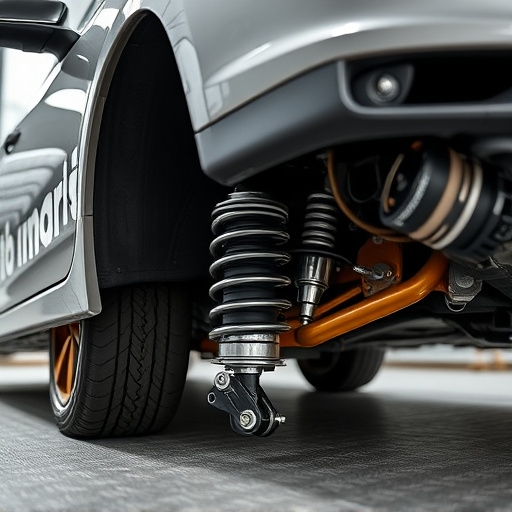
An intake manifold upgrade is a strategic modification that promises significant improvements in engine performance, especially in terms of cylinder-to-cylinder balance. By enhancing the airflow into each cylinder, this simple yet powerful change ensures that fuel and air mix uniformly, leading to more efficient combustion. This results in better torque output, improved throttle response, and a smoother overall driving experience.
Moreover, an intake manifold upgrade can contribute to reduced emissions. Optimized airflow means the engine can burn fuel more cleanly, leading to fewer pollutants escaping through the muffler tips. Additionally, these upgrades often involve high-quality materials and precision engineering, ensuring longer-lasting performance and durability compared to standard intake components. Even brake components benefit indirectly by supporting better overall engine management.
Implementation and Testing Strategies for Optimal Results
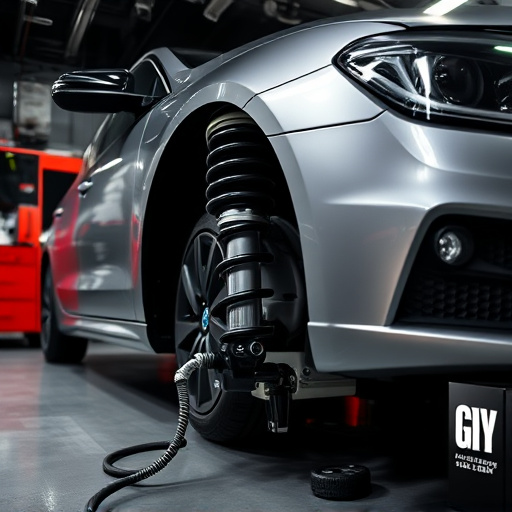
When implementing an intake manifold upgrade, a systematic approach is key to achieving optimal results. The first step involves identifying the specific areas for improvement, such as port size adjustments or material changes, based on engine mapping data and performance testing. These modifications aim to enhance airflow efficiency and ensure equal cylinder-to-cylinder balance. Once the design is refined, prototype testing becomes crucial. Engineers can use dynamometers to measure power outputs and torque distribution across all cylinders, comparing these with baseline figures from the standard manifold. This iterative process allows for fine-tuning until the desired performance benchmarks are met.
Additionally, real-world testing in various driving conditions further validates the upgrades’ effectiveness. This includes track days and extensive road testing, where engineers monitor exhaust gas temperatures, oxygen sensors, and other parameters to ensure optimal combustion. The integration of data logging tools throughout these tests provides valuable insights into the intake manifold’s performance under different load conditions, helping to identify any potential bottlenecks or areas for further refinement. Ultimately, combining design expertise with rigorous testing ensures that an intake manifold upgrade delivers the promised improvements in engine balance and overall vehicle performance.
An intake manifold upgrade is a strategic move towards achieving superior cylinder-to-cylinder balance, leading to enhanced engine performance. By addressing issues like uneven air distribution, this modification ensures each cylinder receives an optimal fuel-air mixture. The benefits are clear: improved efficiency, reduced emissions, and increased overall engine harmony. With careful implementation and testing, as outlined in this article, the intake manifold upgrade becomes a game-changer for vehicle owners seeking to unlock their engines’ full potential.









